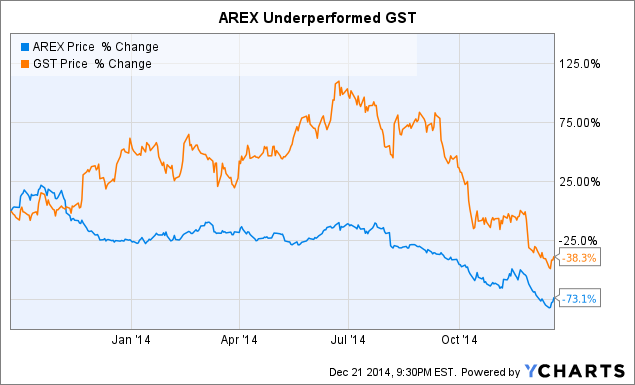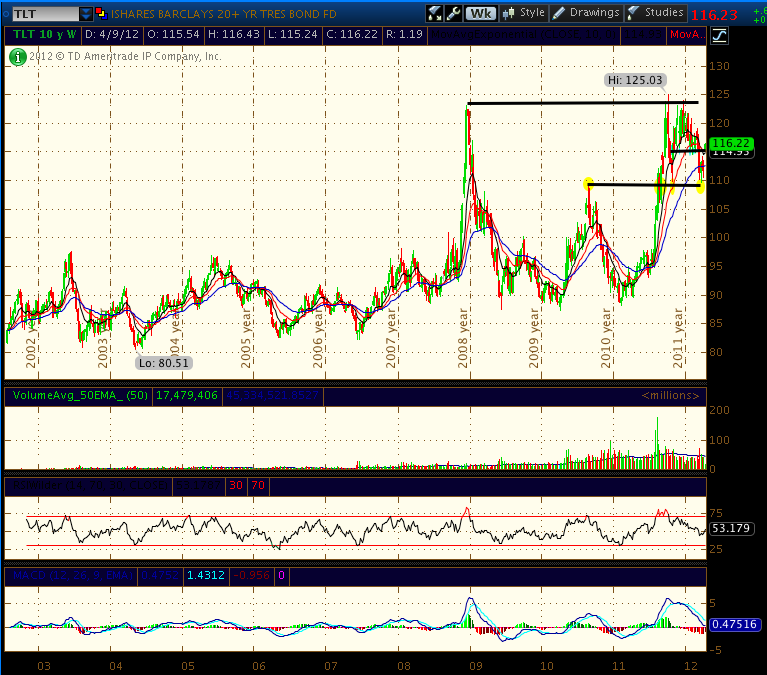How To Know When Is The Right Time To Start Buying Stocks Again
Post on: 21 Июнь, 2015 No Comment

Oct 07, 2014
19 Flares LinkedIn 9 Twitter 6 Facebook 3 Google+ 1 19 Flares
Since September 25, our market timing model has been in neutral mode (immediately after the S&P 500 sliced through its 50-day moving average).
However, with stocks now attempting to find a bit of traction over the past few days, when is the best time to start buying again?
In this blog post, I seek to answer that question by showing you a simple, yet quite reliable way to know when to step back on the gas pedal.
The Tried-And-True Follow-Through
Subscribing members of my nightly stock picking newsletter already know the Morpheus trading methodology is partially based on William ONeils dependable CAN SLIM trading system.
With CAN SLIM and Morpheus, both proven to be profitable trading systems over the years, one of the most reliable indicators to re-enter the market after a price correction is the occurrence of a follow-through day .
A follow-through day occurs when one of the main stock market indexes gains at least 1.3%, on higher volume, on or after the fourth day of a bullish reversal attempt off the lows.
Below is a daily chart of Nasdaq Composite that shows the follow-through day that kicked off the dominant, long-term rally the broad market remains engaged in.
Since the December 17, 2012 follow-through day annotated below, the Nasdaq has cruised approximately 50% higher:
Notice that the follow-through day did not happen until Day 21 after the reversal off the low.
Again, in order to be valid, the follow-through day must occur on Day 4 or later (not necessarily right on the fourth day).
On Alert
Since yesterday (October 6) was officially Day 3 of the reversal off the lows, we are now on the lookout for a potential follow-through day in the S&P 500 or Nasdaq
A follow-through day signals the likelihood of a sustainable rally, and would put our timing model back into buy mode.
Nevertheless, I want to be sure you understand it is NOT a requirement to wait for a follow-through day before buying quality stocks that are emerging from solid basing patterns; just dont go crazy with your overall risk exposure (stay off margin).
Further, since our buy signal is mechanical, it needs to be confirmed by strong price and volume action in leading stocks anyway.
As always, the big question to ask yourself is whether or not bullish chart patterns can still be found right now. If so, are those stocks at or near low-risk entry points?
Although aspects of our trading system, such as the timing model, are mechanical and rule-based in nature, discretion still plays a major role in our overall trading strategy.
Why Size Matters (Especially Now)
funny-pictures.picphotos.net

Particularly if you are new to active trading, it is extremely important for you to understand how to properly determine the the size of every stock you buy.
As a general rule, newer traders should limit the maximum dollar loss of any single swing trade to 0.5%-1% of account equity.
For example, maximum risk of loss for a new trader with a $50,000 account should be limited to $250 (0.5%) to $500 (1%).
Newer traders should stick with this position sizing parameter until they are comfortable executing the system.
But once a certain comfort level is reached through experience, risk can then be bumped up to 1%-2% of account equity per trade.
However, the above risk guidelines for both new and experienced traders are only for perfect trade setups in an unquestionably bullish market.
When the stock market is in correction mode (or even in transition), an excellent way to reduce your overall risk is to simply reduce your average position size until the market generates a fresh new buy signal.
With our market timing system presently in neutral mode, for example, average share size for any new trade entered in our newsletter is presently reduced to 25%-50% of full position size.
By understanding exactly how much money you should be risking on each trade in ideal market conditions. you can easily trim your risk in a shaky market by reducing your share size to just 1/4 to 1/2 of your normal position size.
Decreasing your capital risk exposure during market corrections, while conversely maxing out your maximum dollar risk in overly bullish markets, is the key to consistent risk management that will keep you in the trading business for the long-term.
If youre a subscriber to The Wagner Daily , be sure to attend our next Live Q&A Webinar (October 8 at 12 noon ET), where we will more thoroughly dive into money management and position sizing.
What do you think of the follow-through day concept? What indicators do you use to help you time the market? Share your thoughts below.














